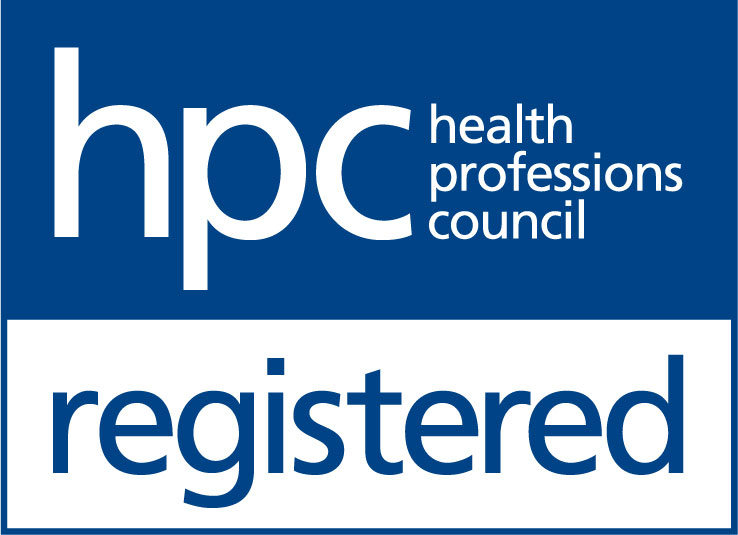We know that keeping active has so many benefits, including protecting your heart and lungs, reducing pain and improving your mental health. However, if you haven’t exercised for a while, starting to get active again can be intimidating, especially if you have a long term health condition.
The good news is that everyone can become more active, no matter your age or health conditions.
Today we’ll be looking at how to get more active with some common long term conditions.
Osteoarthritis
This is the “wear and tear” that can affect many joints in your body, commonly your hips and knees.
Choose something you enjoy think about an activity you may have enjoyed in the past, or doing something with friends. If you enjoy it your more likely to stick at it! Also, remember exercise doesn’t just happen in the gym; you might prefer to go to a local group, out for a walk or even in your own home
Strengthening, flexibility and exercises that get you out of breath have been shown to reduce pain and stiffness in your joints.
No exercise is off limits at least in principle. Often exercises will need to be started gently to assess their impact on your joints then slowly built up
Try getting in the water sometimes exercising in the water can more comfortable as it reduces the weight going through your joints
If you need help you can talk to a Physiotherapist to help you design an exercise programme that works for you; click here to get in touch with Severn Physiotherapy. You can also talk to your GP or your local gym
This story gives a great example of how exercise can help you.
Chronic Pain
This can come from a variety of sources. If your pain is affecting your day to day life you can talk to your GP about a referral to a pain management service.
Start Little and Often then build up slowly over time
Being active is important the exact type of exercise doesn’t necessarily matter; what matters is that you find an exercise you enjoy and keep doing it!
Your pain may not change although your pain may not change, you are likely to notice that your are able to more; take a note of what your struggling with then review it a few weeks later
Be part of a group often having a community around you will help you to keep going with the exercise; connecting with people in a similar situation is likely to keep you motivated
You don’t have to go to a gym you can exercise in whatever setting feels right for you
It’s normal for your symptoms to fluctuate and it’s important to plan your activities during this time
This story gives a great example of how exercise can help with chronic pain.
Severn Physiotherapy offer a mobile service. so we can visit you where you need us. We can support you to set up an exercise programme that works well for you.



